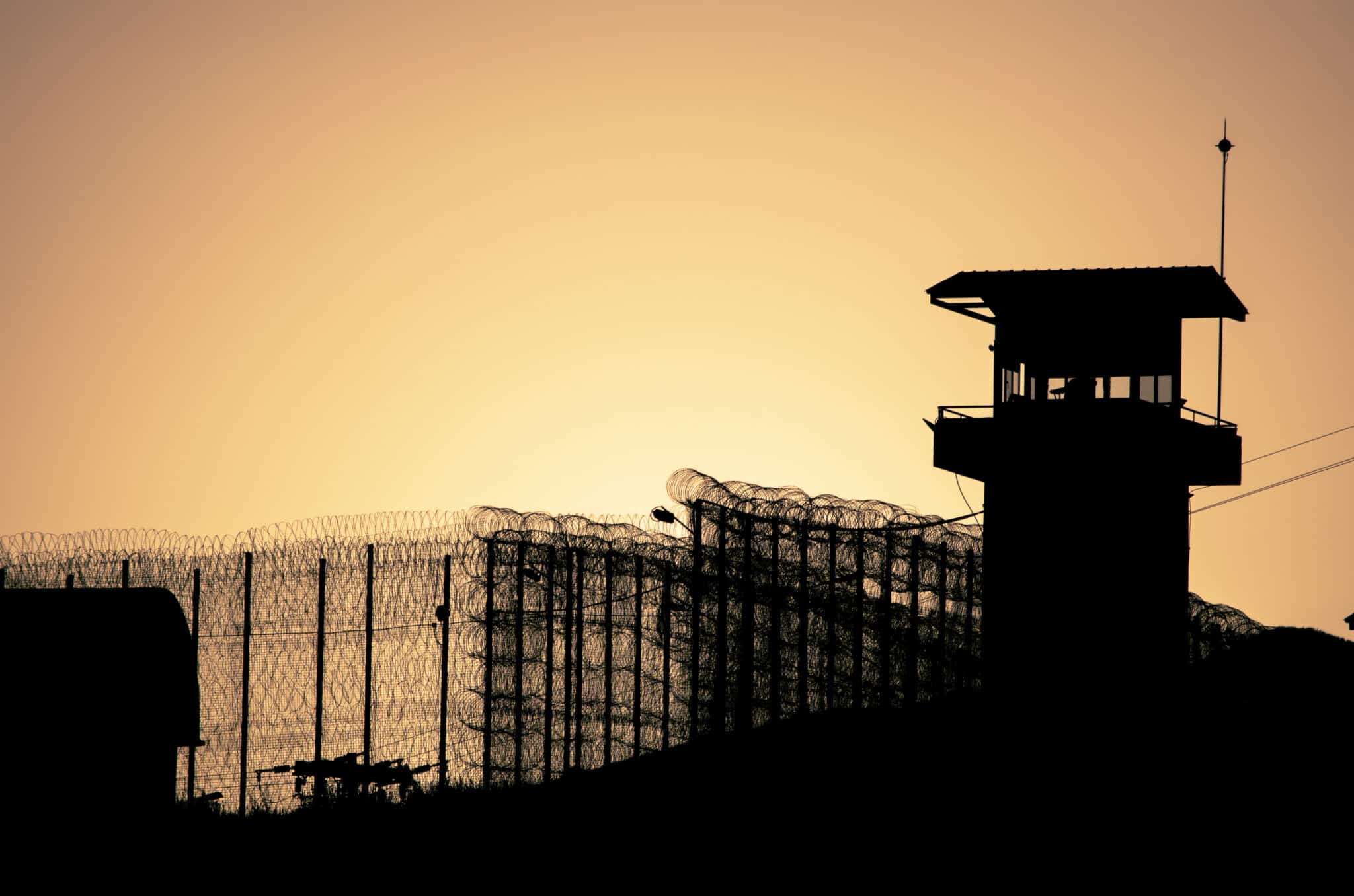Globalisation has led to the breaking down of international barriers and economic integration. In many cases, open borders have helped to enhance and harmonise cross-border relations.
But while crossing national borders is easier than ever before, such openness comes with serious security risks. Border security is a global challenge. Border authorities operating in vast and diverse expanses of terrain, open waters, ports and coastal regions are facing incursions and multiple threats such as drug, arms and human trafficking, terrorist organisations and illegal immigrants.
So how do we keep open borders whilst ensuring security?
Border incursions combatted with unmatched identification tools
In response to this challenge, long-range surveillance capabilities enhanced by high-resolution cameras make it possible to detect, deter, and defeat low-signal attacks with greater accuracy in all terrains and weather conditions.
With many advancements in cooled thermal imaging technology, long-range cooled detectors are able to use minute differences in temperature to distinguish between objects from far away. Rough terrain, which has long been an obstacle for effective patrolling, is overcome by ruggedised systems that can operate in the rain, snow, fog and extreme heat.
So what systems enhance surveillance, reduce false alerts and provide real-time data? The use of multi-channel sensor surveillance systems that integrate advanced cooled continuous zoom thermal cameras with a long-range HD Day camera on a stabilised pan-tilt unit can distinguish actual threats from false alarms – saving crucial time and enabling border officers to prioritise emerging threat scenarios.
The downside of long-range surveillance systems, regardless of their line of sight, is that they do not consider pitfalls and obstacles created by the physical landscape. Adopting a multi-layered, multi-sensor approach integrating long-range systems for terrain dominance with short-range systems to eliminate blind spots and security gaps provides vigilant monitoring and surveillance capabilities.
From security to actionable intelligence
A chronic problem with border security has long been that border officers lacked the right tools to conduct highly specific tasks. However, sensor technology that is providing cleaner, sharper and more precise images, which are then processed and delivered by integrated multi-channel systems, is proving to be a force multiplier. Using information gathered from integrated multi-channel systems and sensors, along with evaluation and command support tools, enables operators to gain actionable intelligence for decision-making and optimal force deployment.
Striking a delicate balance
Multi-channel long-range surveillance systems empower border authorities to strike that delicate balance between maximising security and ensuring that the flow of people, goods and services – the lifeline of a country – continues uninterrupted.
The need to establish wide terrain dominance, on land or sea, has led to significant growth and investment in improving technologies for military and border control agencies.
According to market research reports, the global market for Border Security Systems will reach US$51.4 Billion by 2024, registering a compounded annual growth rate (CAGR) of 6.3% over the analysis period.
Yet today’s threat landscape is constantly shifting. Terrorist infiltration, drug trafficking and human smuggling are constant threats to border security and a country’s safety.
Only by fusing long-range surveillance solutions that feature 360-degree cameras and thermal imagery with medium- and short-range systems will border security blind spots be more effectively detected, recognised and accurately identified.
